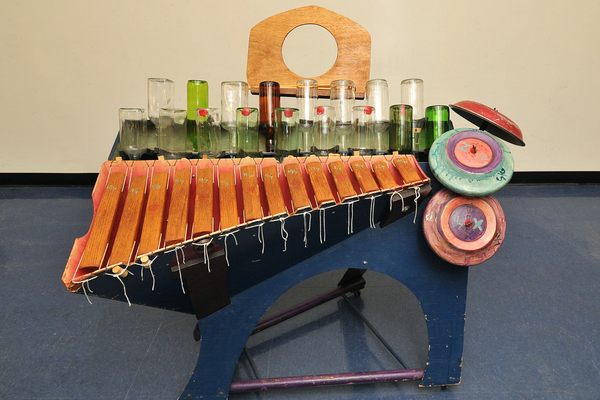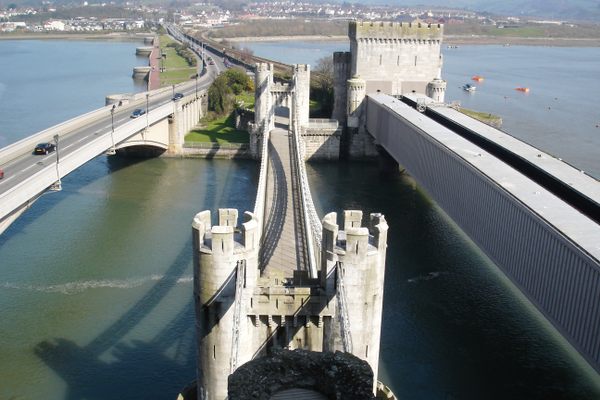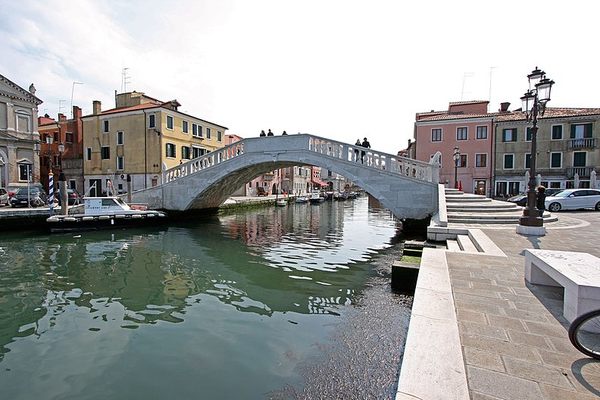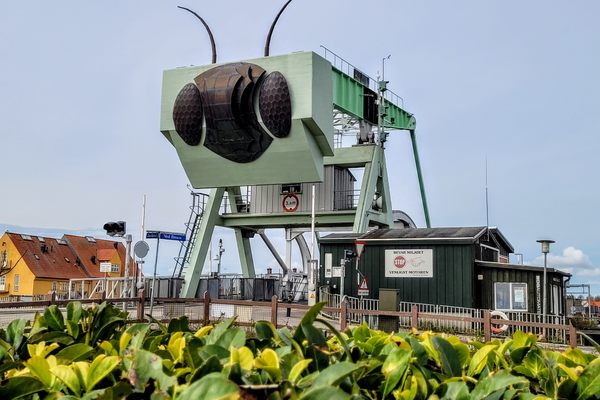Evergreen Point Floating Bridge
The longest and widest floating bridge in the world.
The Evergreen Point Floating Bridge stretches across Lake Washington, connecting Seattle to its eastern suburbs. When it opened in 2016, it immediately entered the record books as both the longest and widest floating bridge in the world.
In April 2016, the new Evergreen Point Floating Bridge opened to traffic, carrying Washington State Route 520 across Lake Washington. It was built to replace the previous Evergreen Point Floating Bridge, built in 1963 and closed in April 2016, which previously held the title as the longest floating bridge in the world.
Supported by 77 pontoons, the new Evergreen Point Floating Bridge has a span of 7,710 feet (2,350 m), 130 feet longer than the bridge it replaced. As such, it currently holds the record as the longest floating bridge in the world. And with its midpoint measuring 116 feet (35 m) across, it’s also the world’s widest floating bridge.
Beneath the surface of the water, 58 anchors secure the pontoons to the bottom of the lake, connected by three-inch-thick steel cables. As with the former bridge, a pontoon structure was deemed more practical than a fixed bridge due to the middle of Lake Washington being 200 feet deep with a further 200 feet of soft silt below it. Building the foundations for a suspension bridge, therefore, would have been a hugely costly and complicated endeavor.
On the water float the 77 concrete pontoons, the largest of which are 75 feet wide and 360 feet long. The idea of building a bridge out of massive floating chunks of concrete may sound crazy, but each pontoon has a watertight compartment – remotely monitored to detect any leaks – and the weight of the water displaced by the pontoons is equal to the weight of the structure and all the traffic on it, allowing the bridge to float.
On top of the pontoons sits the bridge deck, made of 776 precast concrete sections, each elevated 20 feet (6.1 m) above the pontoons. This creates what is in effect a bridge on top of a bridge, with the added benefit of allowing maintenance vehicles to travel along the lower pontoon deck to access the main roadway above without interrupting the flow of traffic.
Unsurprisingly, building the longest and widest floating bridge in the world doesn’t come cheap: the total construction cost of the Evergreen Point Floating Bridge was more than $4.5 billion. But with an average of 74,000 toll-paying motorists crossing it every day, and an expected life service of at least 75 years, it seems a reasonable investment.
The Evergreen Point Floating Bridge joins its older floating bridge siblings located just a few miles south on Lake Washington, the Homer M. Hadley Memorial Bridge and the Lacey V. Murrow Memorial Bridge (collectively part of Interstate 90, connecting Seattle with points east).
By 2023, Sound Transit is planning on installing first-of-its-kind light rail on the Hadley Memorial floating bridge, using revolutionary technology at each end that will allow the joins between land and bridge to flex in ways that safely stay within the range the rail cars can handle.
Know Before You Go
Route 520 runs along the Evergreen Point Floating Bridge (officially known as the SR 520 Albert D. Rosellini Evergreen Point Floating Bridge) from central Seattle to the eastern suburbs. Tolls are collected in both directions and typically range from $1.25 to $4.30 depending on the time of day.





















Follow us on Twitter to get the latest on the world's hidden wonders.
Like us on Facebook to get the latest on the world's hidden wonders.
Follow us on Twitter Like us on Facebook